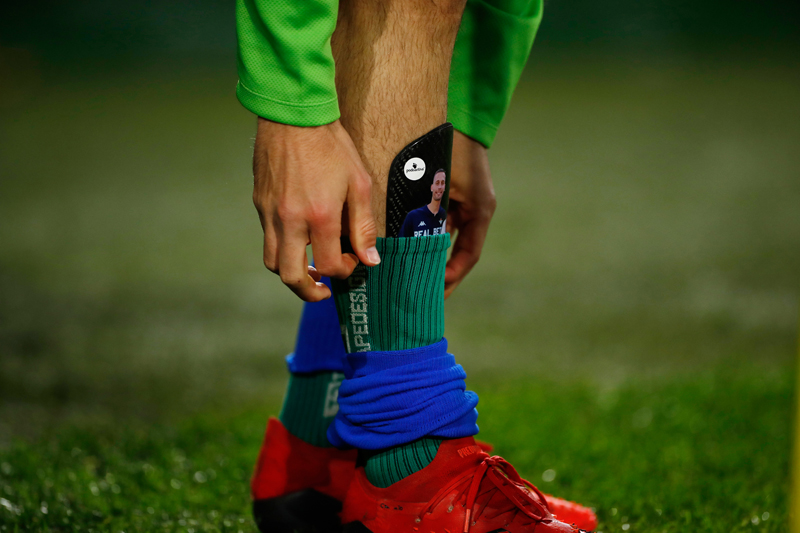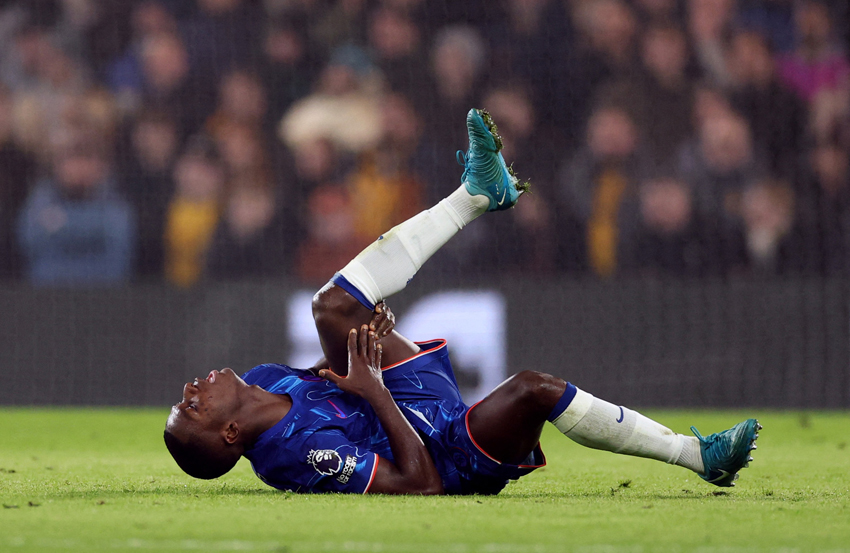Shin hernias in athletes: the connective tissue connection

A muscle herniation injury (technically referred to as a ‘myofascial defect’), is when there is a protrusion of a muscle through the surrounding connective tissue (fascia). In effect, muscle tissue that should remain sheathed and protected by the fascia poke through to the surface. The most common location of muscle hernias in active muscles is in the leg. However, because this type of injury is tricky to diagnose and rarely brought to the attention of medical professionals, there is actually relatively little data in the scientific literature about it(1-3). In fact, the majority of early research on leg hernias (and much of our current knowledge today) stems from the efforts of military surgeons during the 1940s, detailing lower-extremity muscle hernias in military recruits undertaking strenuous exercise(4-7).
How common are leg hernias?
Although it seems remarkable, the true incidence of leg hernias is not known. This is because many lower limb hernias are asymptomatic, and therefore remain undiagnosed because they are never brought to the attention of a physician or physiotherapist(8). Of those lower-limb hernias that are diagnosed however, research has established that a tibialis anterior (TA – the muscle spanning the length of the shin bone) hernia is by far the most commonly involved muscle(9-12). This is almost certainly because with little body fat under the skin of the shin and a solid bone behind, the fascia of tibialis anterior is particularly vulnerable to trauma – for example from a blow to the shin(13). Having said that, it’s important to appreciate that although much rarer, other lower-leg muscle hernias can occur. These include hernias of peroneus brevis(14), extensor digitorum longus(15), gastrocnemius(16) and flexor digitorum longus (see figure 1)(6).
You need to be logged in to continue reading.
Please register for limited access or take a 30-day risk-free trial of Sports Performance Bulletin to experience the full benefits of a subscription. TAKE A RISK-FREE TRIAL
TAKE A RISK-FREE TRIAL
Newsletter Sign Up
Testimonials
Dr. Alexandra Fandetti-Robin, Back & Body Chiropractic
Elspeth Cowell MSCh DpodM SRCh HCPC reg
William Hunter, Nuffield Health
Newsletter Sign Up
Coaches Testimonials
Dr. Alexandra Fandetti-Robin, Back & Body Chiropractic
Elspeth Cowell MSCh DpodM SRCh HCPC reg
William Hunter, Nuffield Health
Keep up with latest sports science research and apply it to maximize performance
Today you have the chance to join a group of athletes, and sports coaches/trainers who all have something special in common...
They use the latest research to improve performance for themselves and their clients - both athletes and sports teams - with help from global specialists in the fields of sports science, sports medicine and sports psychology.
They do this by reading Sports Performance Bulletin, an easy-to-digest but serious-minded journal dedicated to high performance sports. SPB offers a wealth of information and insight into the latest research, in an easily-accessible and understood format, along with a wealth of practical recommendations.
*includes 3 coaching manuals
Get Inspired
All the latest techniques and approaches
Sports Performance Bulletin helps dedicated endurance athletes improve their performance. Sense-checking the latest sports science research, and sourcing evidence and case studies to support findings, Sports Performance Bulletin turns proven insights into easily digestible practical advice. Supporting athletes, coaches and professionals who wish to ensure their guidance and programmes are kept right up to date and based on credible science.









